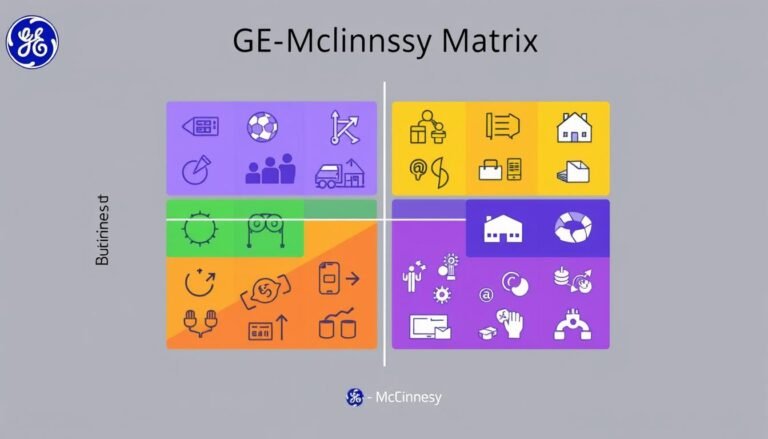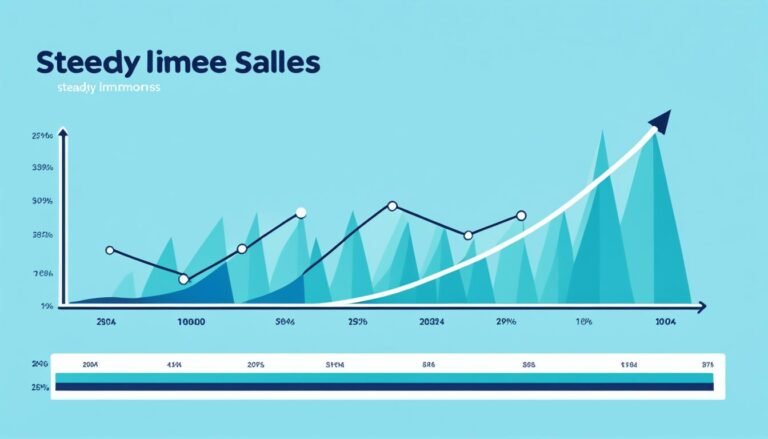Unlock Efficiency with Pareto Analysis Tips
Have you ever noticed how some efforts bring big results, while others barely make a mark? This mystery can be solved by the Pareto Principle. Known as the 80/20 rule, it says that about 80% of results come from just 20% of efforts. Using this idea helps companies find the most important areas, making them more efficient and better at making decisions.
In manufacturing, sales, or managing projects, Pareto Analysis is key to boosting productivity. By focusing on the main issues that matter the most, teams can use their resources wisely. This leads to smoother operations and long-term success. Explore Pareto Analysis to see how it can change how you solve problems and get amazing results.
Key Takeaways
- The Pareto Principle suggests that 20% of causes can lead to 80% of effects.
- Pareto Charts help identify critical issues impacting efficiency and quality.
- Focusing on the vital few allows for more effective resource allocation.
- Implementation of Pareto Analysis can streamline operations across various industries.
- Real-world applications reveal significant gains from addressing key bottlenecks.
Understanding the Pareto Principle
The Pareto Principle, also known as the 80/20 rule, shows us a key truth about cause and effect. Vilfredo Pareto, an Italian economist, found that a small part of inputs creates most of the outputs. This idea helps us see how to make businesses more efficient.
Definition and Origins
Vilfredo Pareto first noticed this in 1896. He saw that 80% of Italy’s land was owned by just 20% of the people. This idea has grown to show that about 80% of results come from 20% of causes. Now, businesses use it to focus on the critical few that matter most and ignore the trivial many.
Real-World Application
The Pareto Principle is used in many businesses. In sales, 20% of customers often make up 80% of the revenue. This means companies target these key customers with special marketing. In healthcare, focusing on 20% of treatments that help 80% of patients makes things more efficient.
Using the Pareto Principle helps businesses work smarter. They focus on what really matters to get the most out of their efforts and make more money.
Steps in Conducting Pareto Analysis
Conducting a Pareto Analysis is a step-by-step process. It helps identify and solve problems efficiently. By using statistical insights, it makes it easier to focus on what matters most.
Identifying Problems and Causes
The first step is to make a list of challenges that affect performance. This involves gathering data through audits, surveys, and team discussions. It ensures all major issues are covered.
Then, a deep dive into the causes of these problems is done. This gives the foundation for what comes next.
Categorizing and Scoring
After identifying problems, the next step is to group them by similarities. This makes it easier to see what areas are connected. Then, each problem gets a score based on its impact.
This score looks at things like how often it happens or the costs it brings. It helps decide which problems to tackle first.
Creating a Pareto Chart
The final step is making a Pareto chart. This chart shows the problems by their impact. It helps spot the few big issues that cause most of the problems.
This makes it clear where to focus efforts. It supports making decisions based on solid data.
| Step | Description | Purpose |
|---|---|---|
| Identifying Problems | Compile a list of issues through data gathering. | Foundational insight for analysis. |
| Categorizing | Group similar problems for better management. | Facilitate understanding of related issues. |
| Scoring | Assign scores based on impact metrics. | Prioritize issues effectively. |
| Creating a Pareto Chart | Visual representation of issues by impact. | Highlight critical problems for action. |
Pareto Analysis and Prioritization
Using Pareto analysis helps find the key elements that make a big difference. It lets companies spot the critical few things that boost performance a lot.
Focusing on the Critical Few
For businesses, using smart prioritization is key to getting more done. By focusing on the critical few areas that bring the biggest results, companies can work smarter. For example, 80% of results often come from just 20% of efforts, showing the importance of focusing on these key areas.
Leaders can make a master list to manage time and resources well. They rank tasks by how important and urgent they are. This helps everyone know what to focus on and aligns work with the company’s goals.
Implementing Targeted Actions
After finding the critical few areas, companies should take specific steps to improve them. Making plans and using resources wisely is key. It’s important to set clear goals and who is responsible for each task.
Checking progress regularly helps make changes for the better. This keeps improving effectiveness and efficiency.
| Focus Area | Impact Level | Action Steps | Expected Outcome |
|---|---|---|---|
| High-Impact Product Line | 80% | Increase marketing and sales efforts | Boost sales revenue |
| Key Stakeholders | 80% | Engagement and communication | Streamline decision-making |
| Essential Resources | 20% | Allocate according to project needs | Maximize value impact |
| Critical Tasks | 20% | Prioritize and tackle first | Improve project delivery |
Leveraging Pareto Analysis in Business Agility
Companies looking to be more agile benefit a lot from Pareto Analysis. This tool helps them focus on the main things that make customers happy and run smoothly. It’s all about finding what really matters.
Enhancing Response to Market Changes
The 80/20 rule helps businesses see which 20% of things cause 80% of the results. This lets them quickly adjust to market changes. By watching these key areas closely, companies can stay ahead of the competition.
Streamlining Operations
Pareto Analysis is key to making operations smoother. It shows which parts of the business waste the most time and resources. By focusing on these areas, companies can cut waste and get more done.
This analysis also helps businesses keep checking themselves. It lets them keep getting better and build a culture of doing things efficiently.
| Industry | Critical 20% | Impact |
|---|---|---|
| Retail | 20% of Products | 80% of Sales |
| Telecommunications | Key Complaints | Improved Customer Satisfaction |
| Manufacturing | 20% of Defect Types | 80% of Production Issues |
| Maintenance | 20% of Assets | 80% of Issues |
Conclusion
Pareto Analysis is a key strategy for businesses wanting to improve efficiency and keep getting better. It helps find the main factors that make the biggest difference. This way, companies can use their resources better and make things run smoother, leading to more productivity.
In many fields, like business and healthcare, Pareto Analysis shows that a few things cause most of the problems. For example, 80% of complaints often come from just 20% of customers. This knowledge lets companies focus on what really needs fixing, making things more efficient and successful.
Using Pareto Analysis does more than just make things run better. It gives companies the tools they need to handle change well. As businesses try to stay flexible and adapt to new trends, this analysis helps make smart choices. These choices lead to ongoing growth and efficiency.
Source Links
- Unlocking Efficiency and Quality Improvement with Pareto Charts
- Pareto Rule: improving project management with the 80/20 rule | Klaxoon
- Learn the Pareto Principle (The 80/20 Rule) [2024] • Asana
- What Is the Pareto Principle—aka the Pareto Rule or 80/20 Rule?
- How to Conduct a Pareto Analysis – businessnewsdaily.com
- Pareto Analysis: Definition, How to Create a Pareto Chart, and Example
- Pareto Principle for Time Management and Prioritization • ActiveCollab
- Pareto diagram 📊: Learn how to set priorities and increase efficiency
- Pareto Analysis – Applying the 80/20 Rule in Business Process Optimization – Copymate
- Maximising Maintenance Efficiency: Leveraging the 80/20 Rule for Success – SSG Insight
- How to Do Pareto Chart Analysis [Practical Example]
- Pareto Charts & 80-20 Rule







